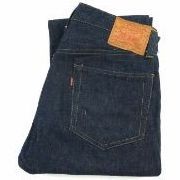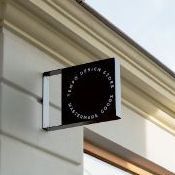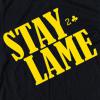Standard & Strange / Oakland CA / Info, Updates, Etc
-
hello 2025!
supertalk is free to browse as a guest. You need to be a member to participate in discussions or buy and sell on the classifieds.
Classifieds listings are now free for members.
supertalk is now upgraded to //// supertalk 8 ////
______________________________________
Current new membership is $US 12 ONE TIME FEE. NO RENEWAL FEE.
______________________________________
You can also become a premium superseller or supermember. Businesses who want to promote their brand and products need to become a supersponsor. superfuture® is privately owned and has been online continuously for 26 years. supertalk has been online for 21 years and is a digital cockroach that will survive all current and future apocalypses.
-
Similar Content
-
- 36 replies
- 6515 views
-
- 2 replies
- 1401 views
-
- 16 replies
- 4521 views
-
Hand-Dyed Natural Garments Collaboration | Lichen Goods x Tempo Design Store
By headoffice,
- slowfashion
- handmade
- (and 6 more)
- 0 replies
- 2124 views
-
- 0 replies
- 2205 views
-
-
Top 10 Active Viewed Topics
-
- 24430 replies
- 6903938 views
-
- 26784 replies
- 6431280 views
-
- 24769 replies
- 4756816 views
-
- 23104 replies
- 3880989 views
-
- 14062 replies
- 3727104 views
-
- 10651 replies
- 3290001 views
-
- 21291 replies
- 3111982 views
-
- 13320 replies
- 2955127 views
-
- 11647 replies
- 2712638 views
-
- 8534 replies
- 2627097 views
-













Recommended Posts
Join the conversation
You can post now and register later. If you have an account, sign in now to post with your account.